The Atlantic Puffin (Fratercula arctica) is one of the most beautiful and colorful bird species in the world. It is an extraordinary and beloved seabird species that captures the hearts of bird enthusiasts and nature lovers with its charming appearance and fascinating behaviors. Known for its strikingly colorful beak, distinctive black and white plumage, and comical waddling walk, the Atlantic Puffin is often referred to as the “clown of the sea.”
Atlantic Puffin images
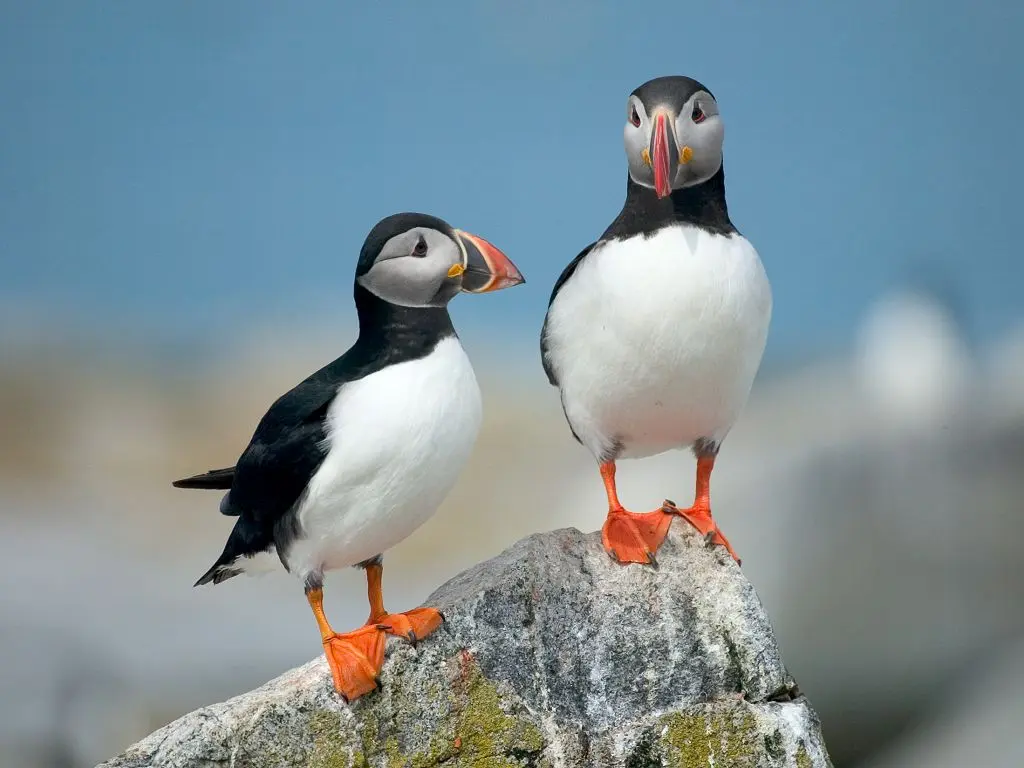
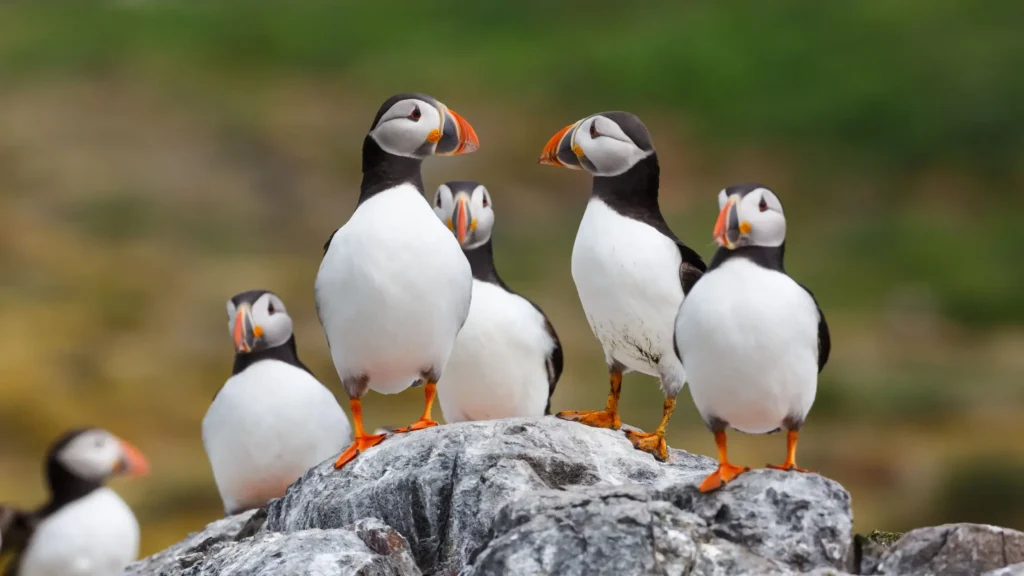
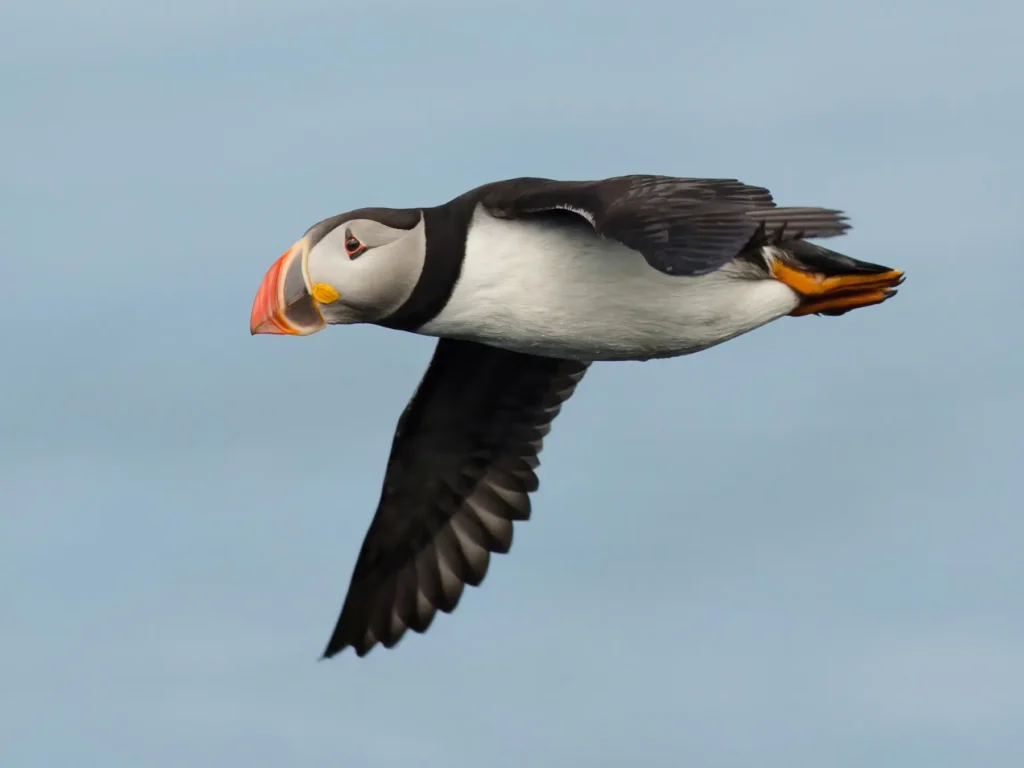
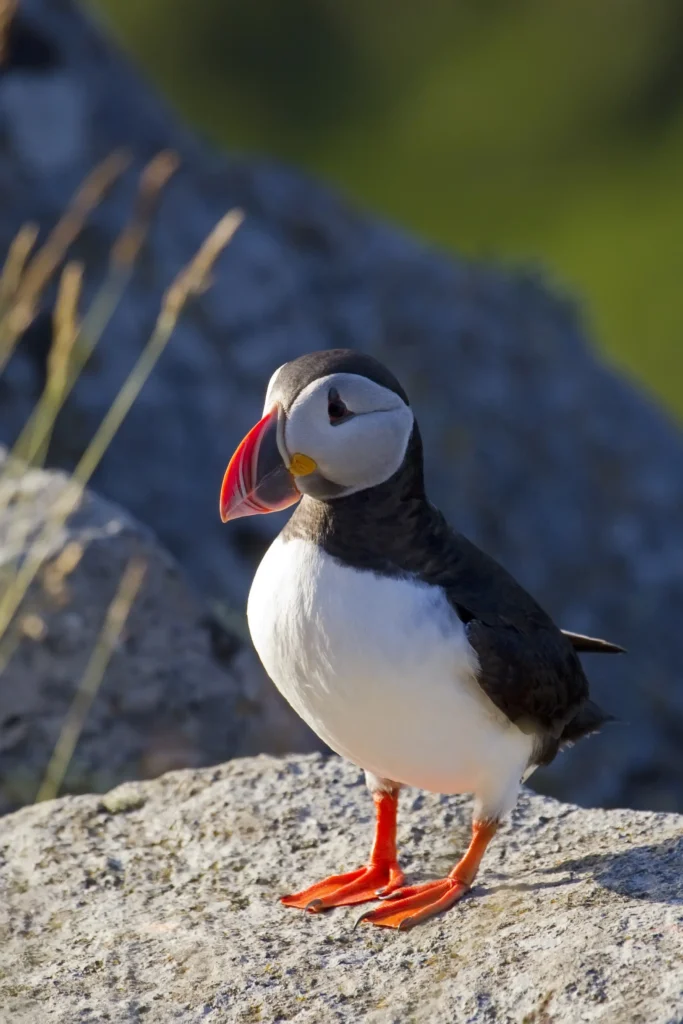
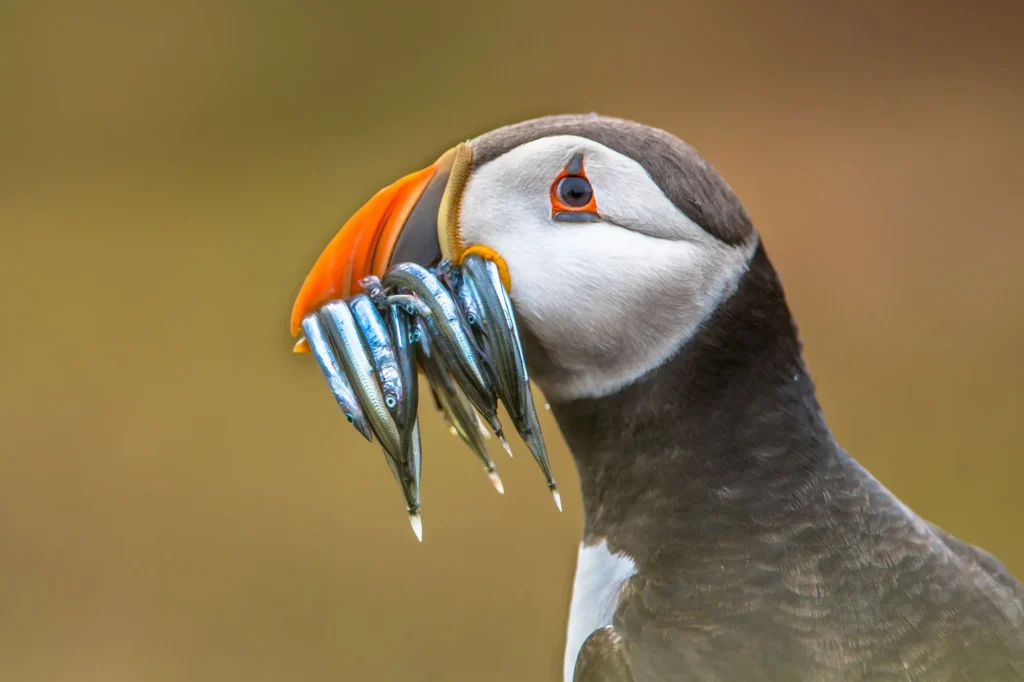
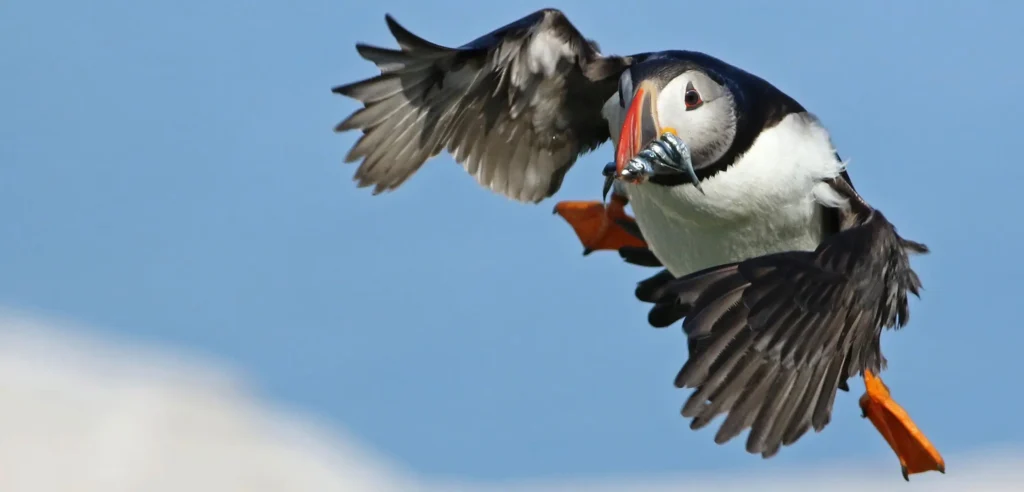


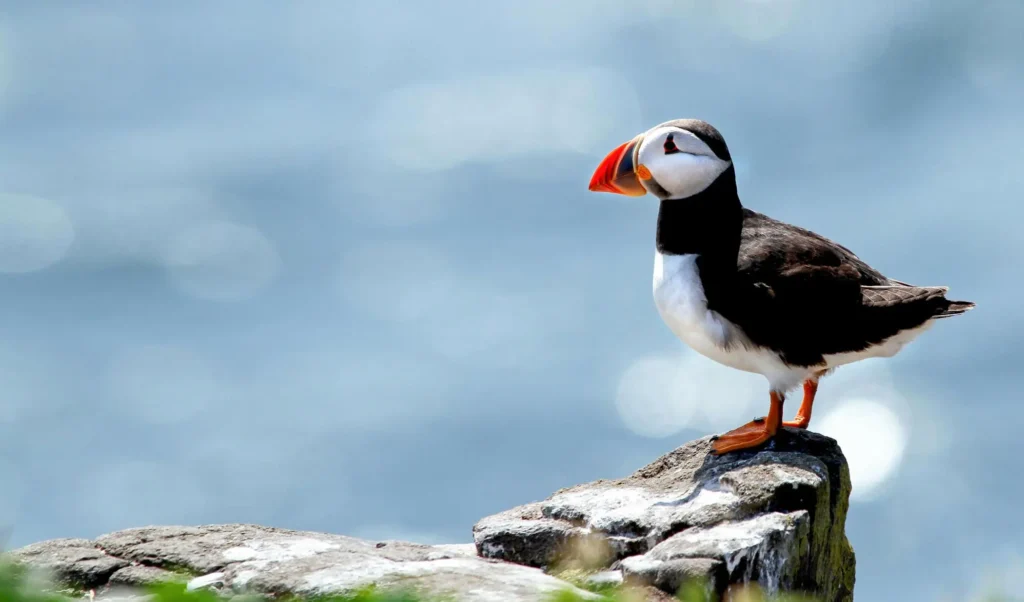
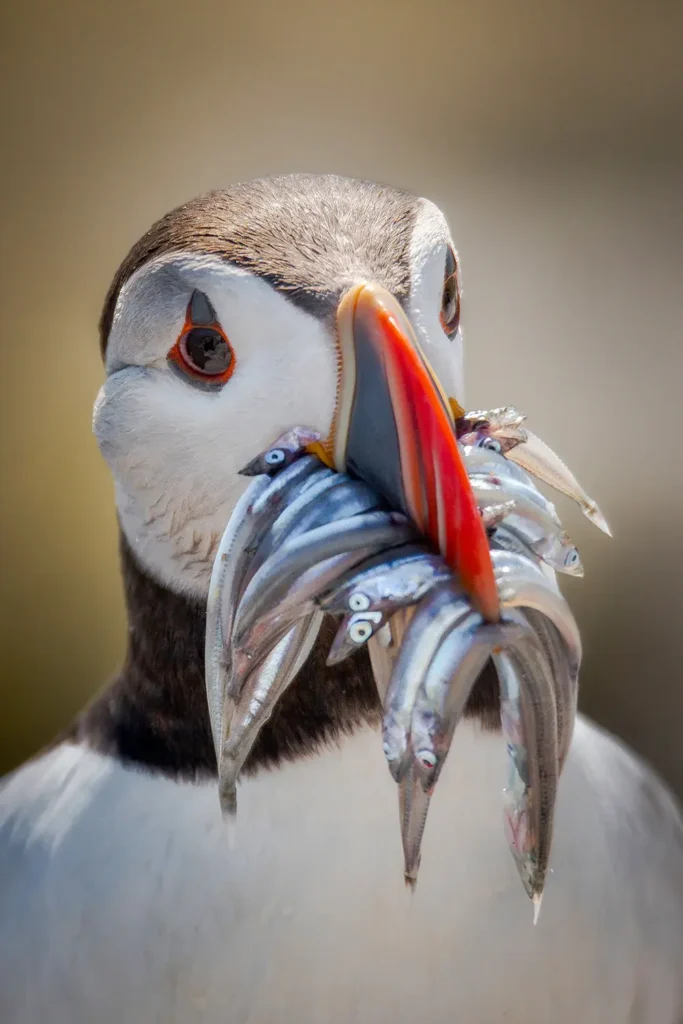
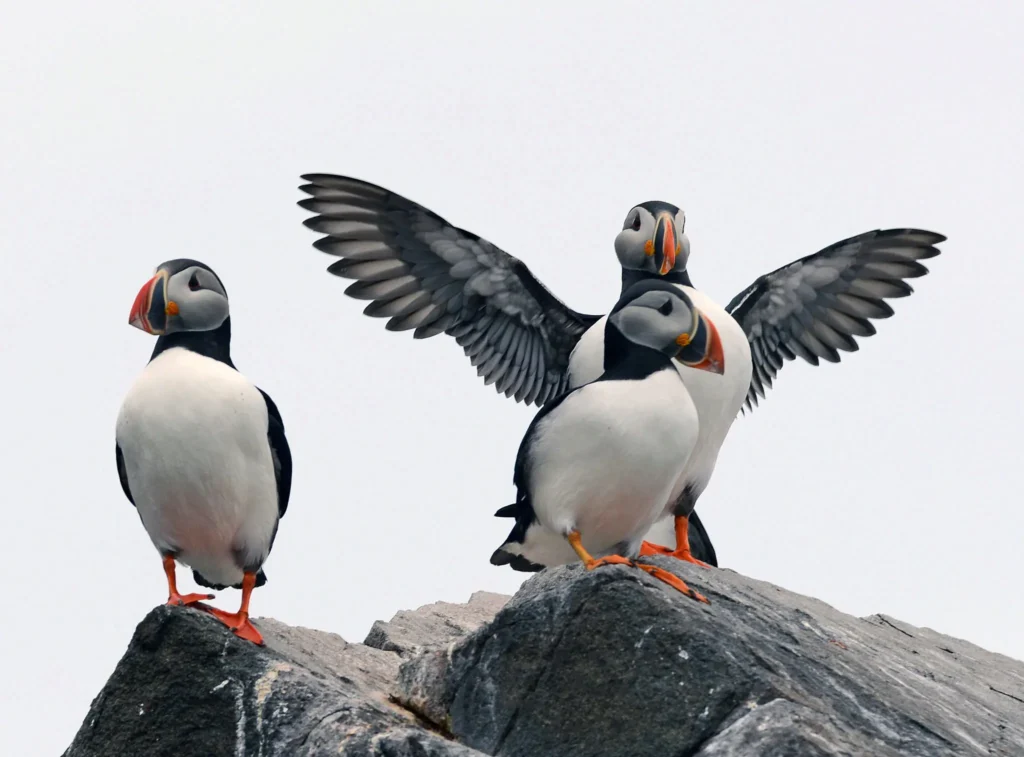
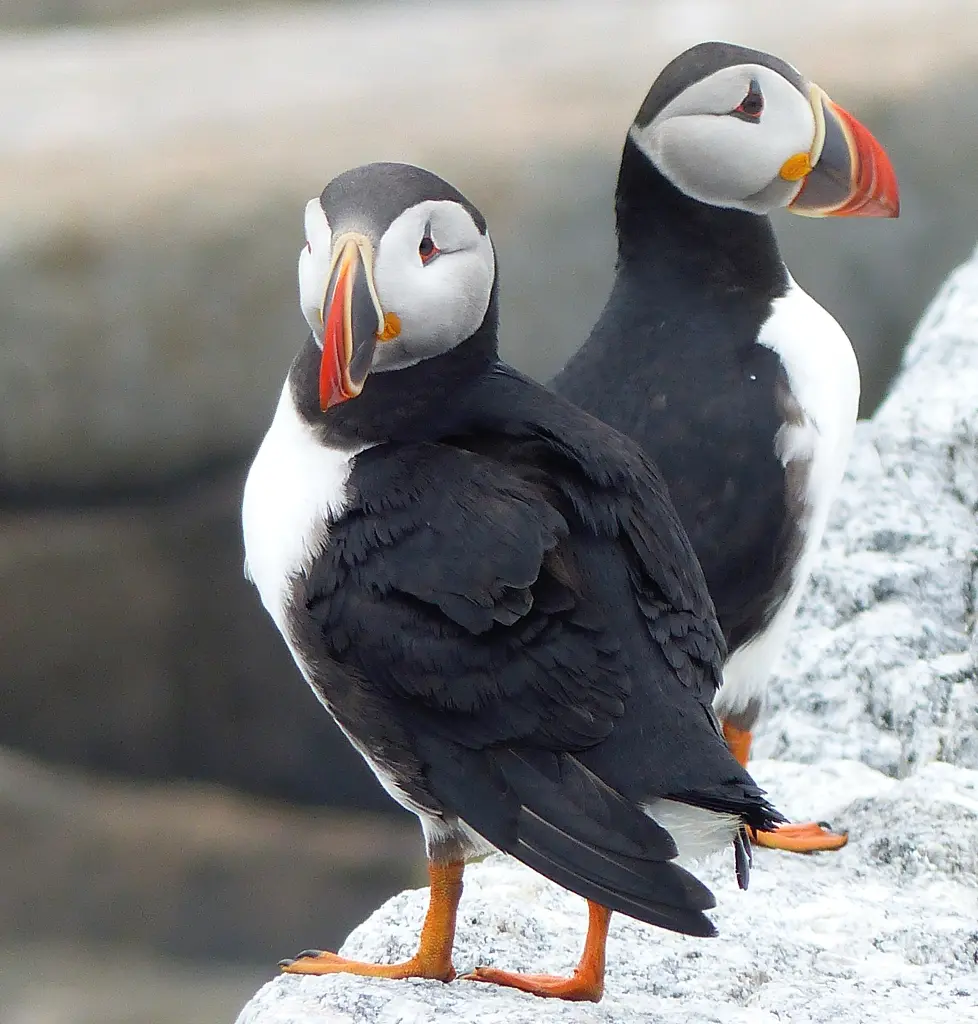
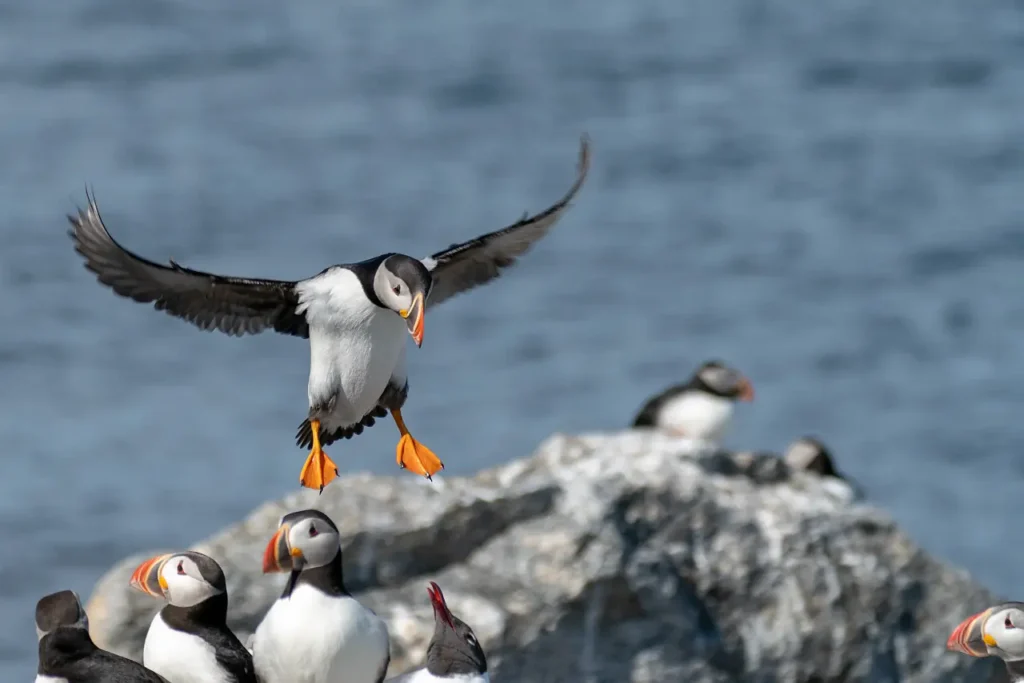
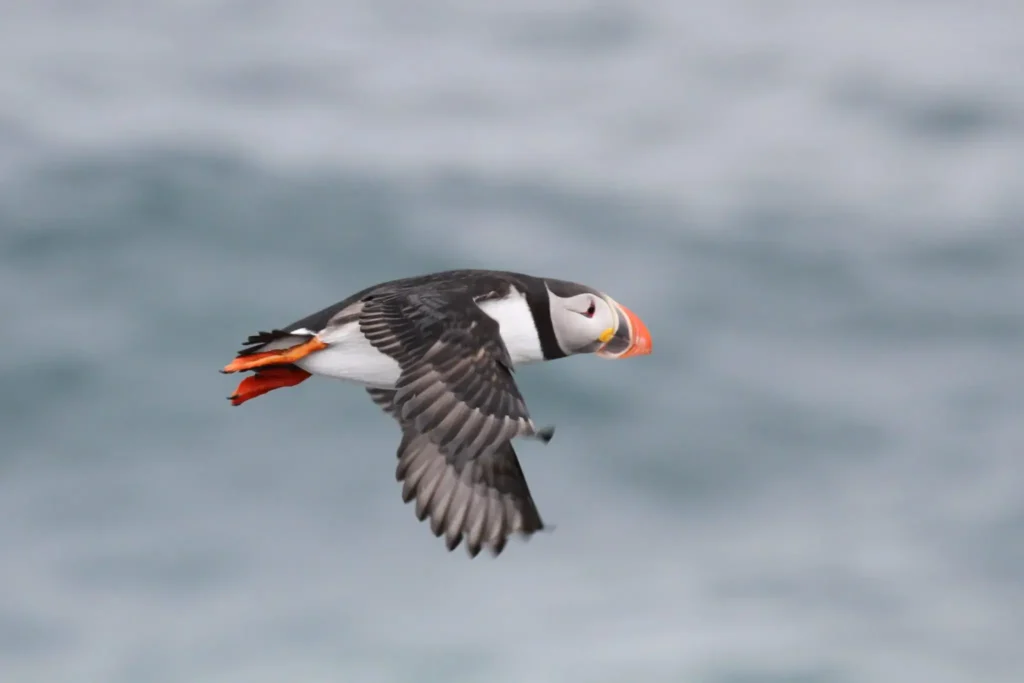
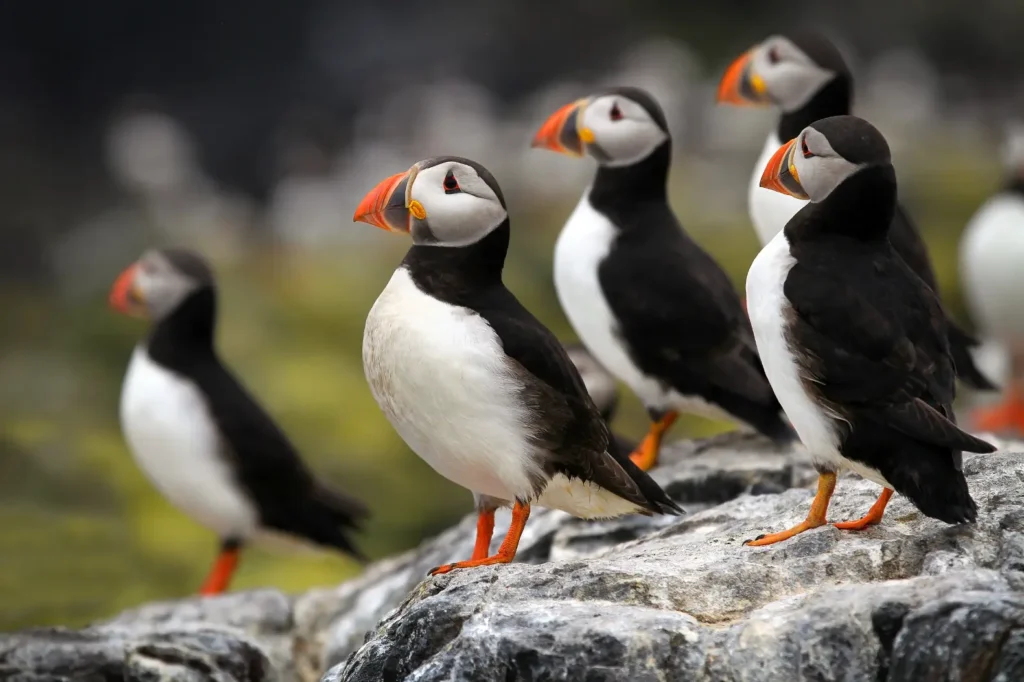
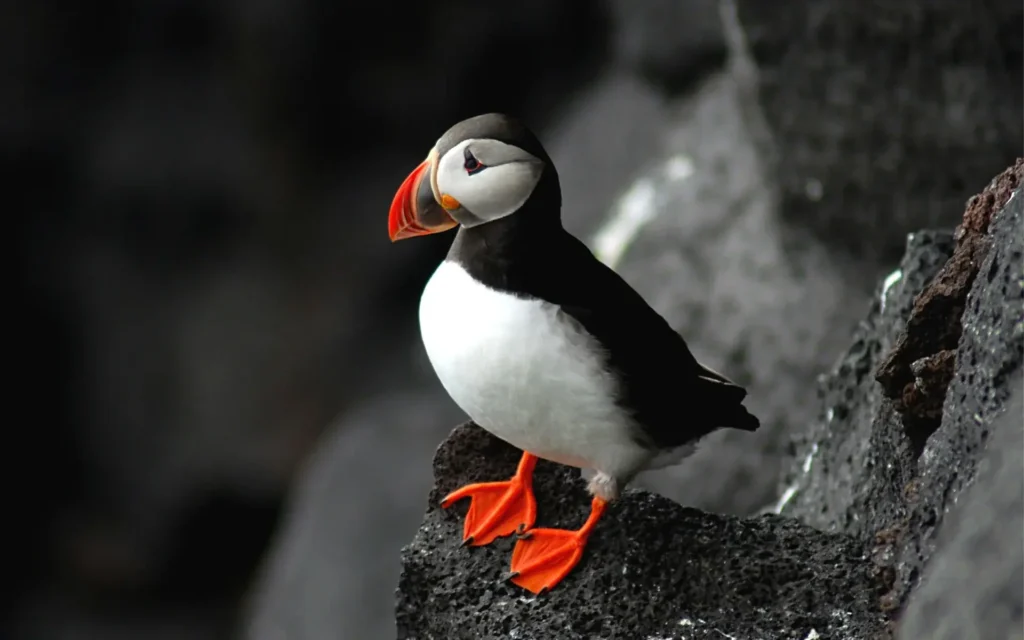
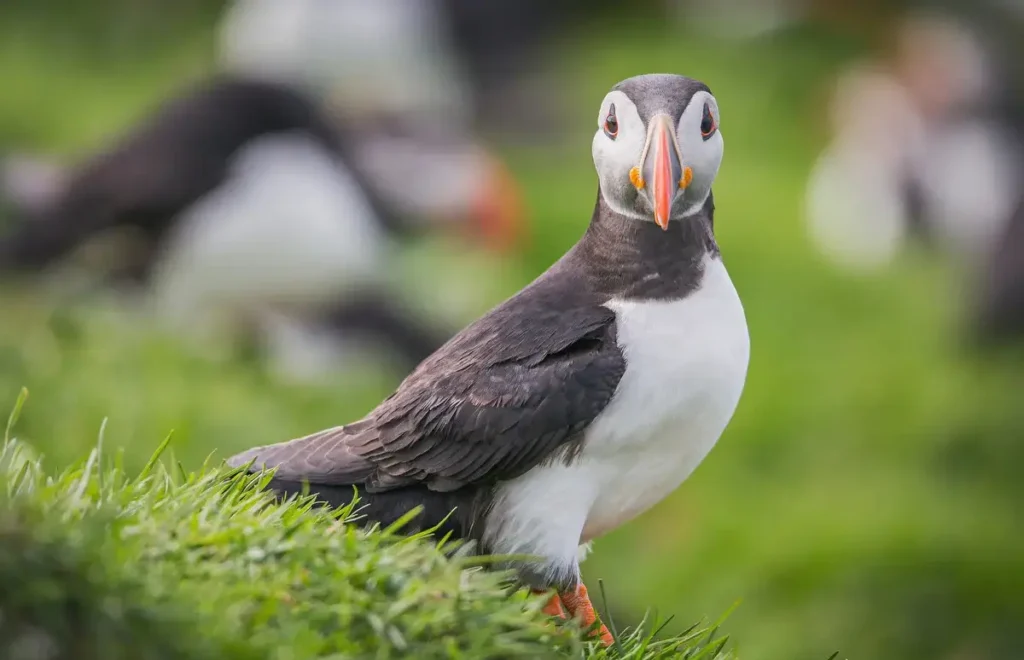
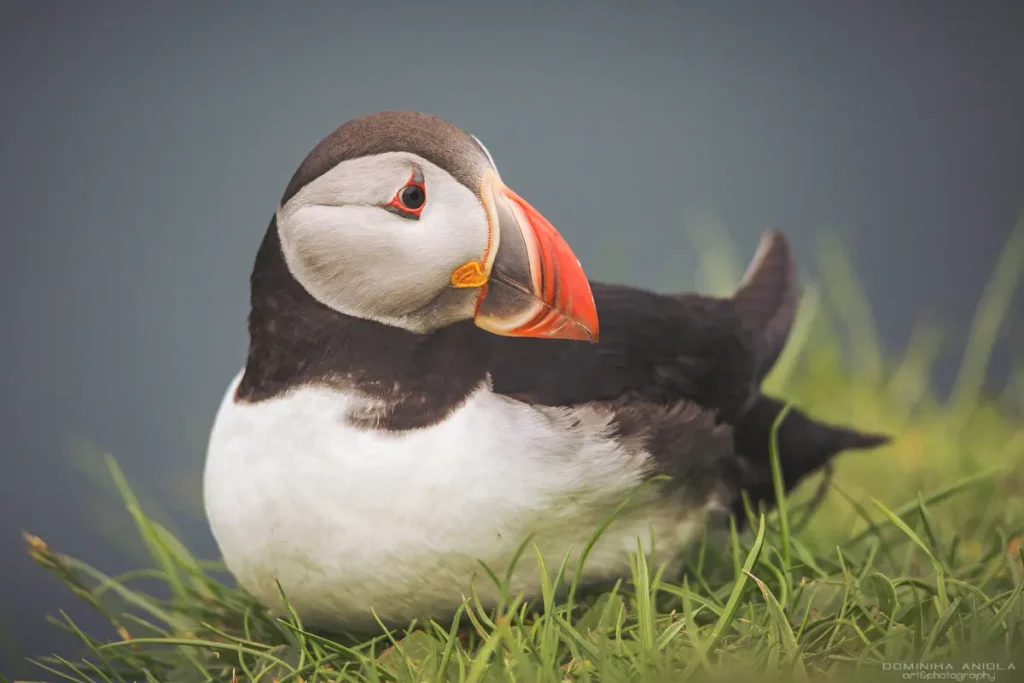
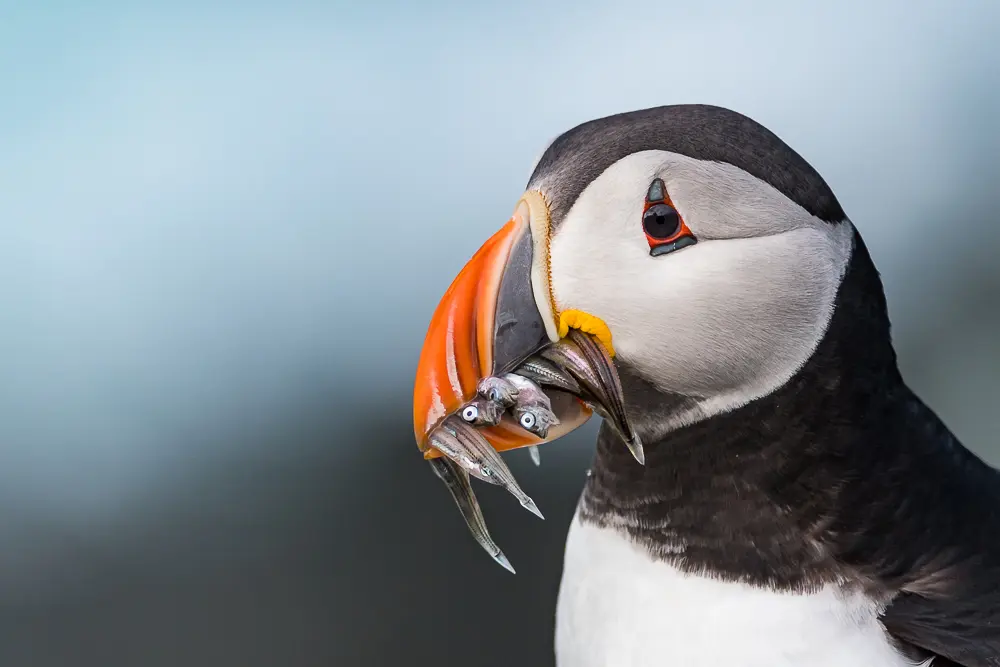
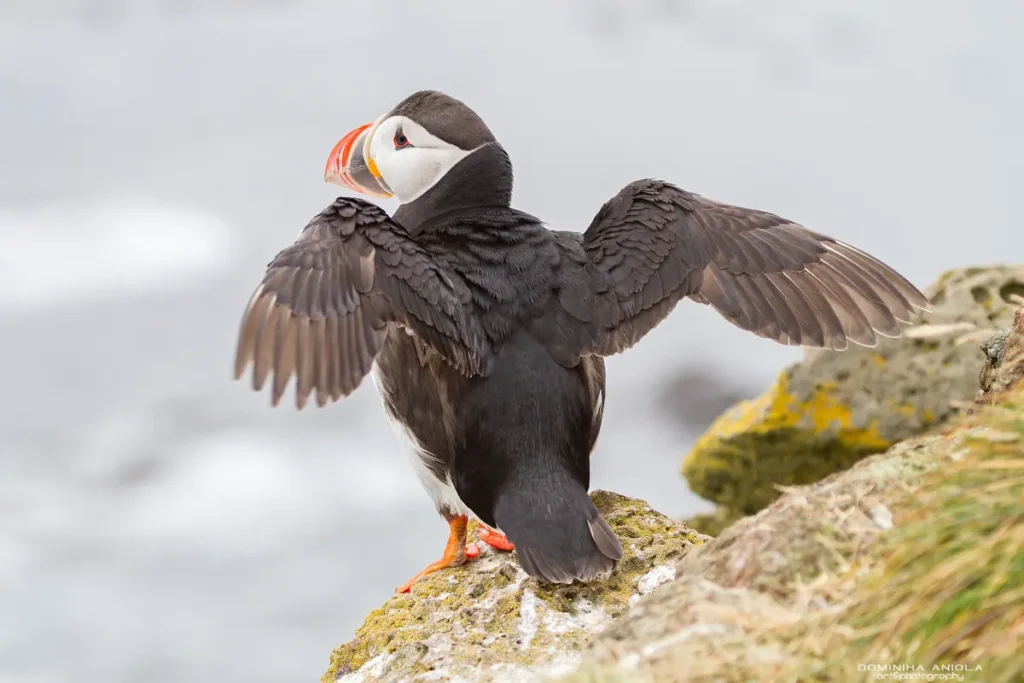
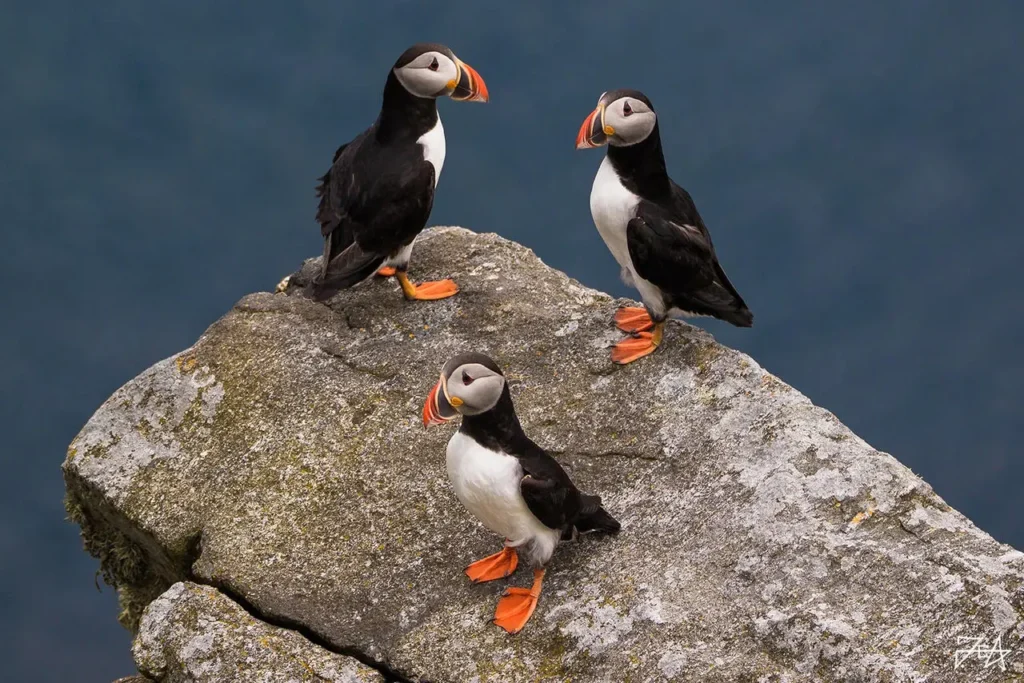
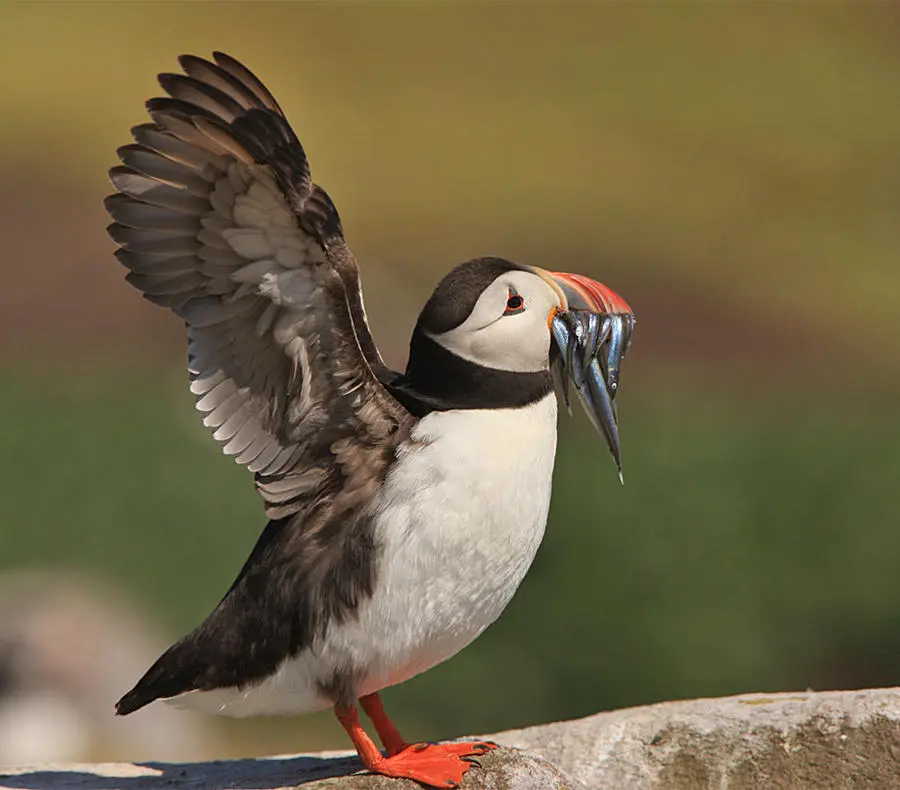
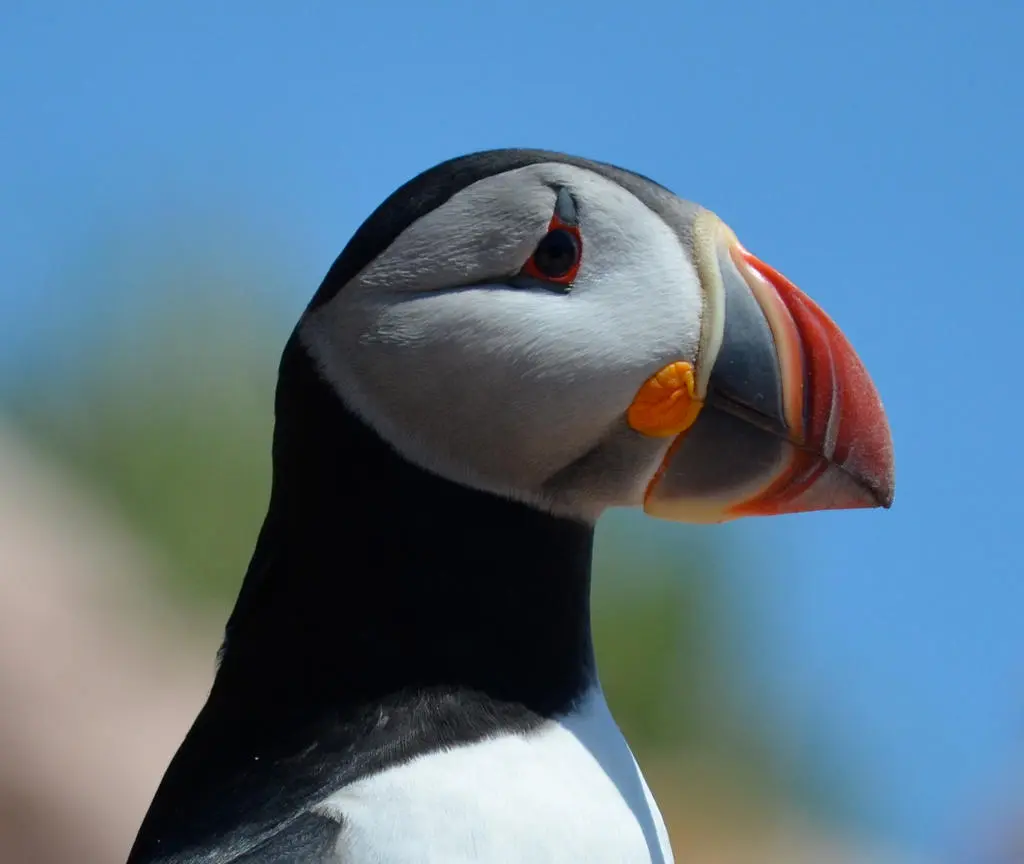
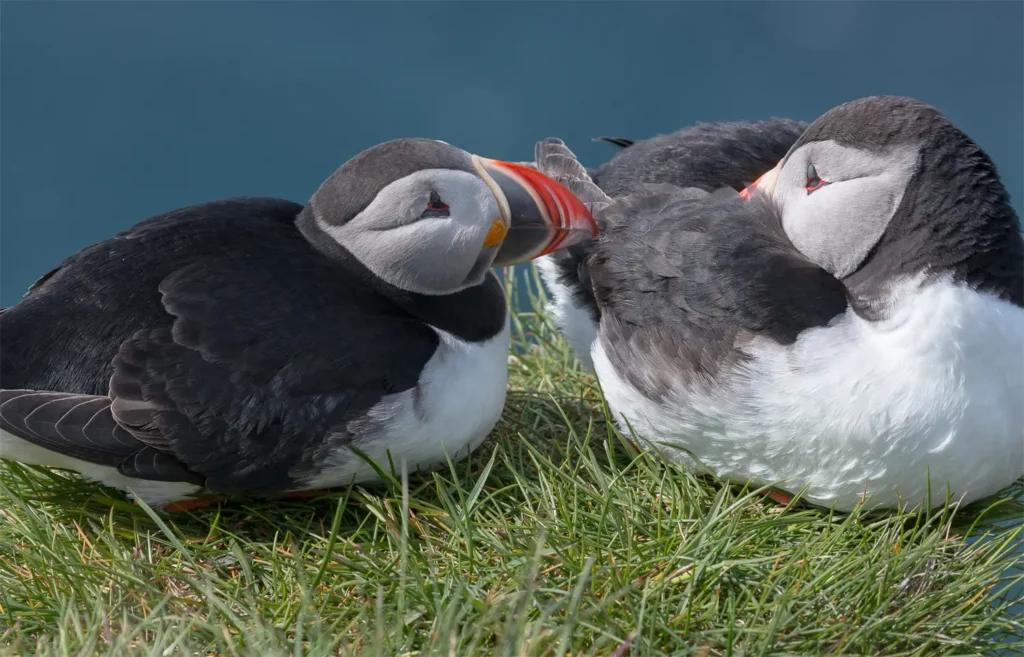
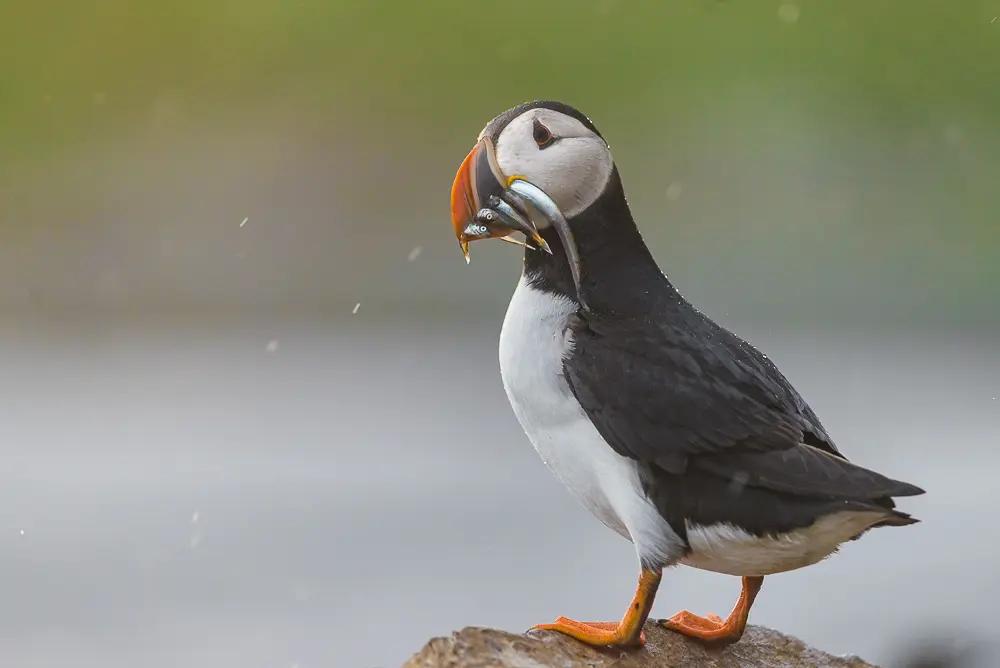
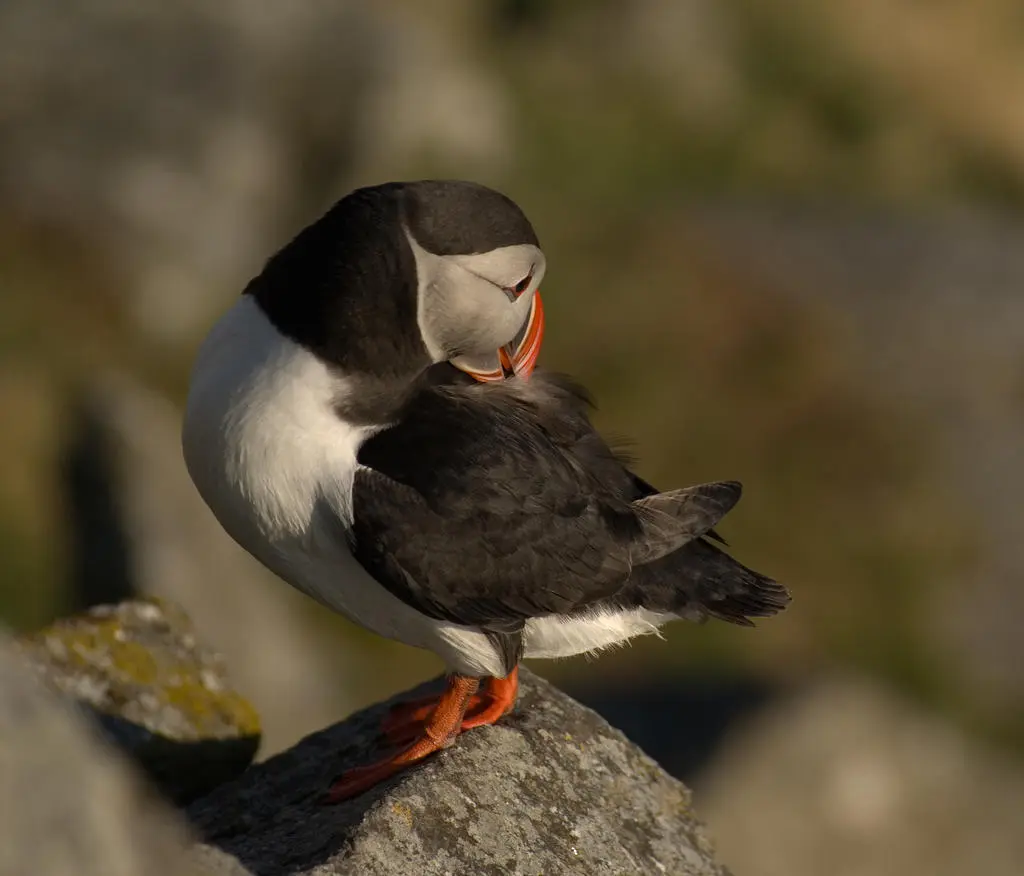
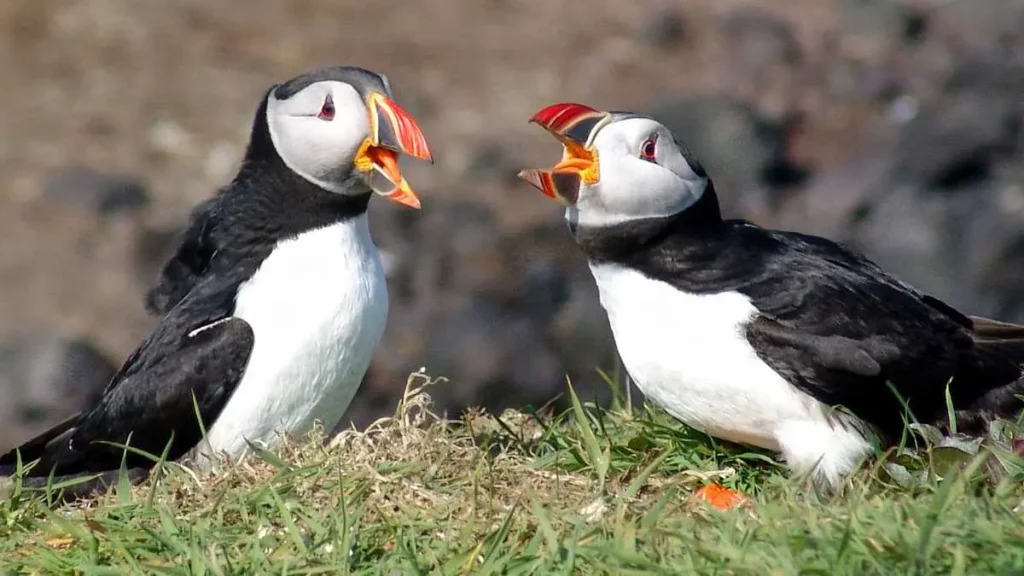
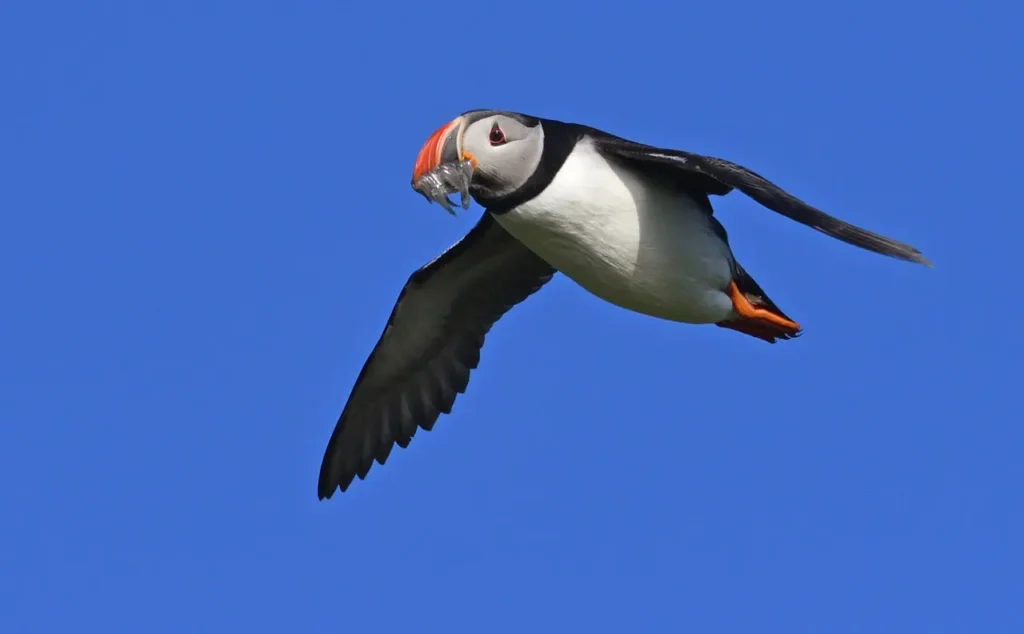
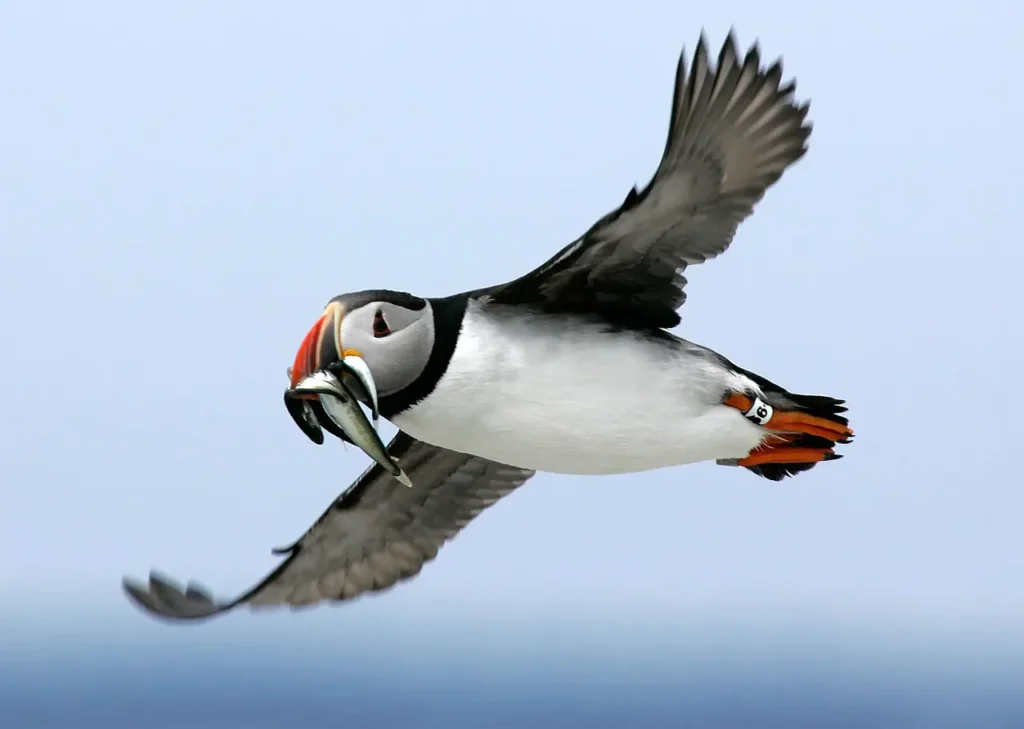
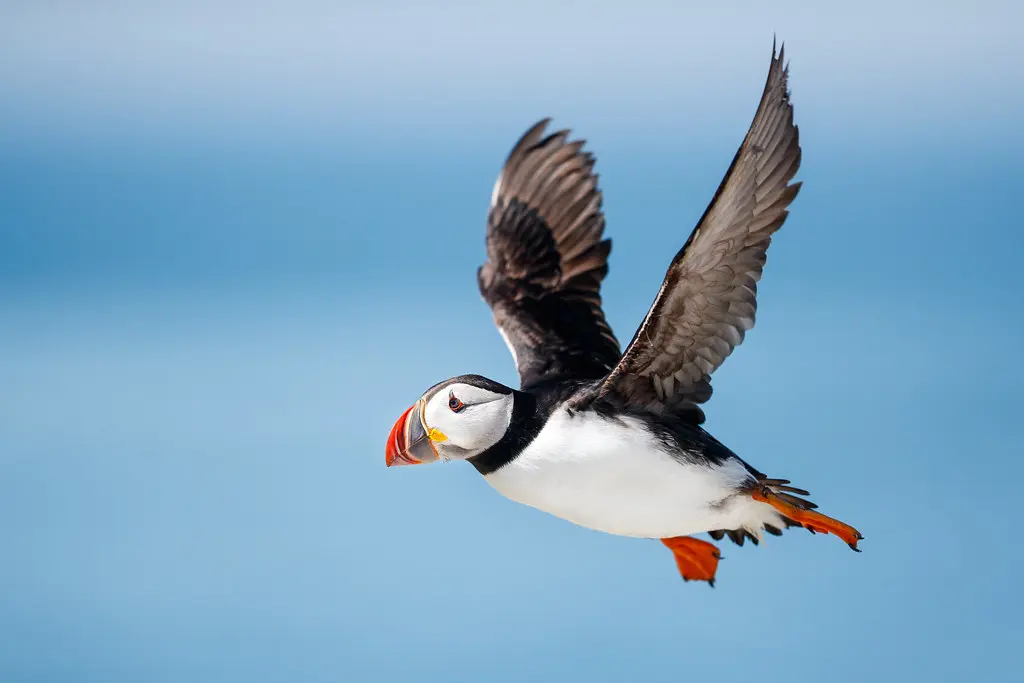
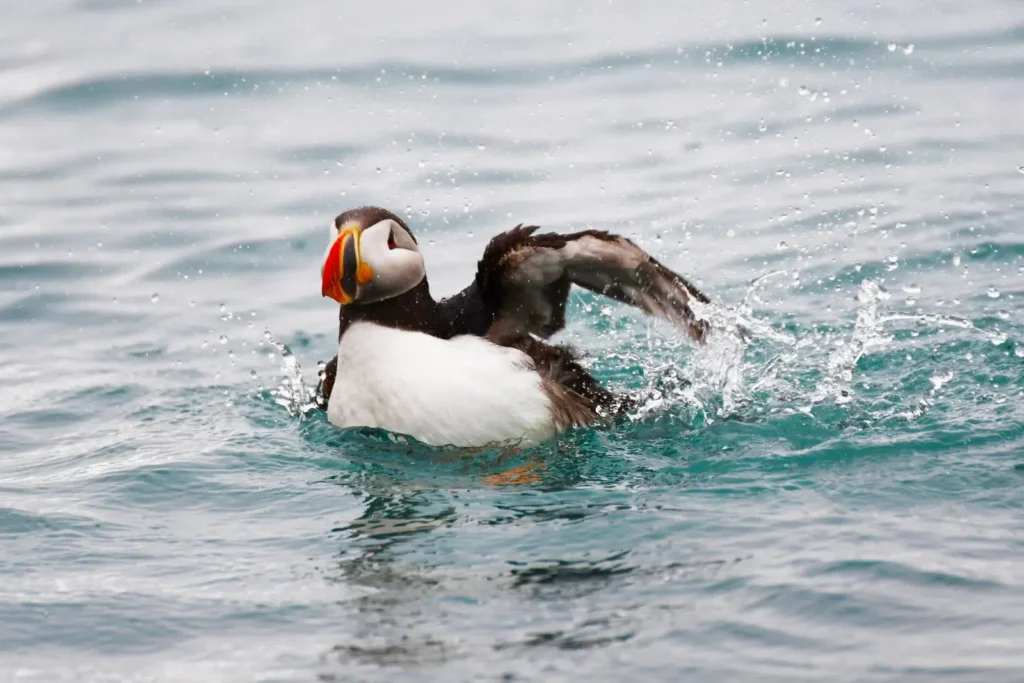
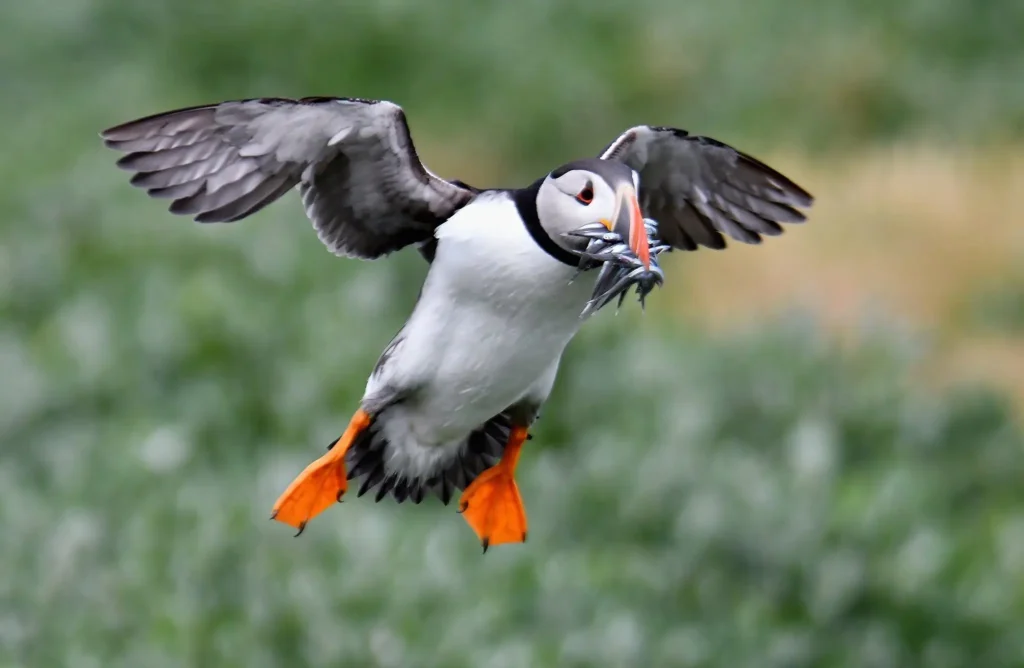
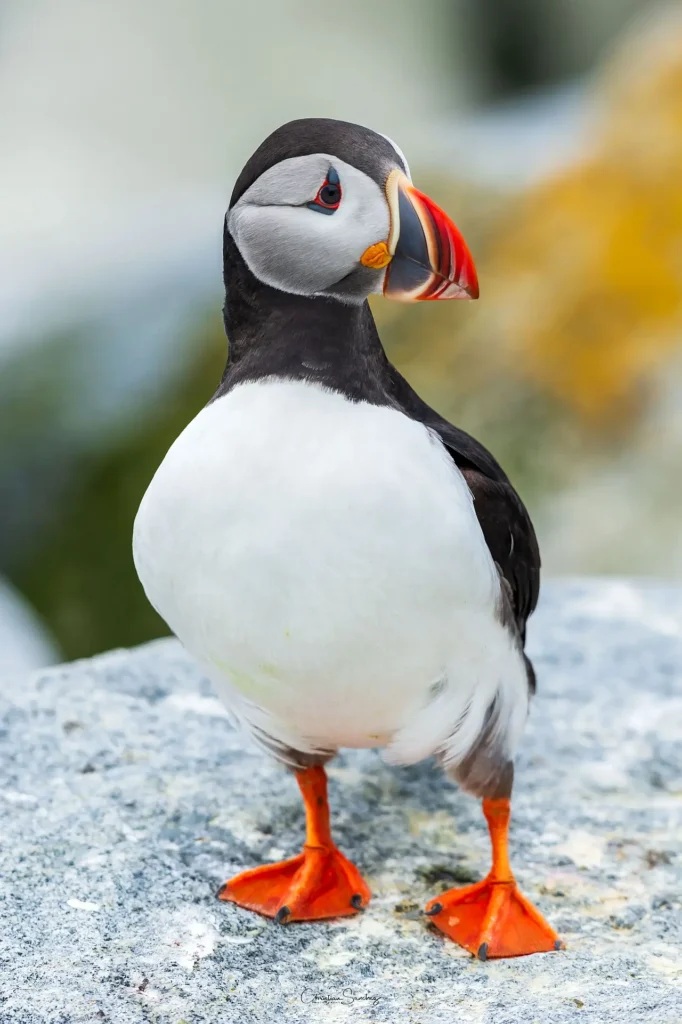
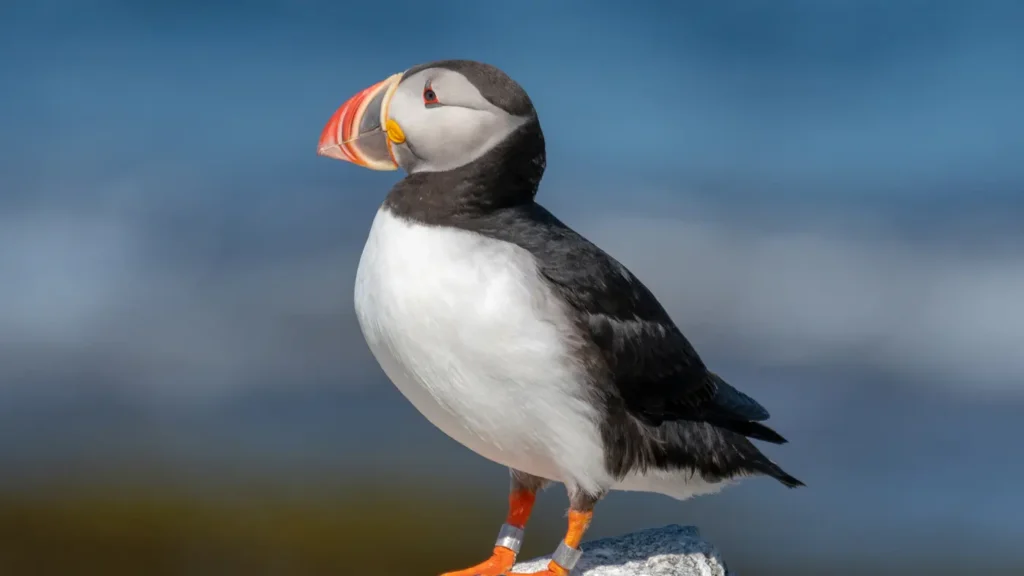
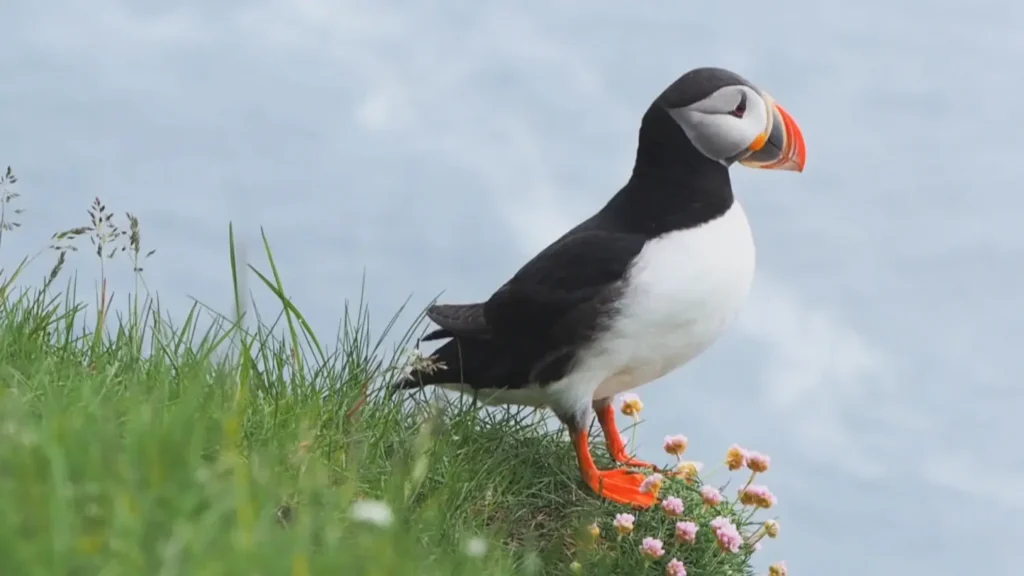
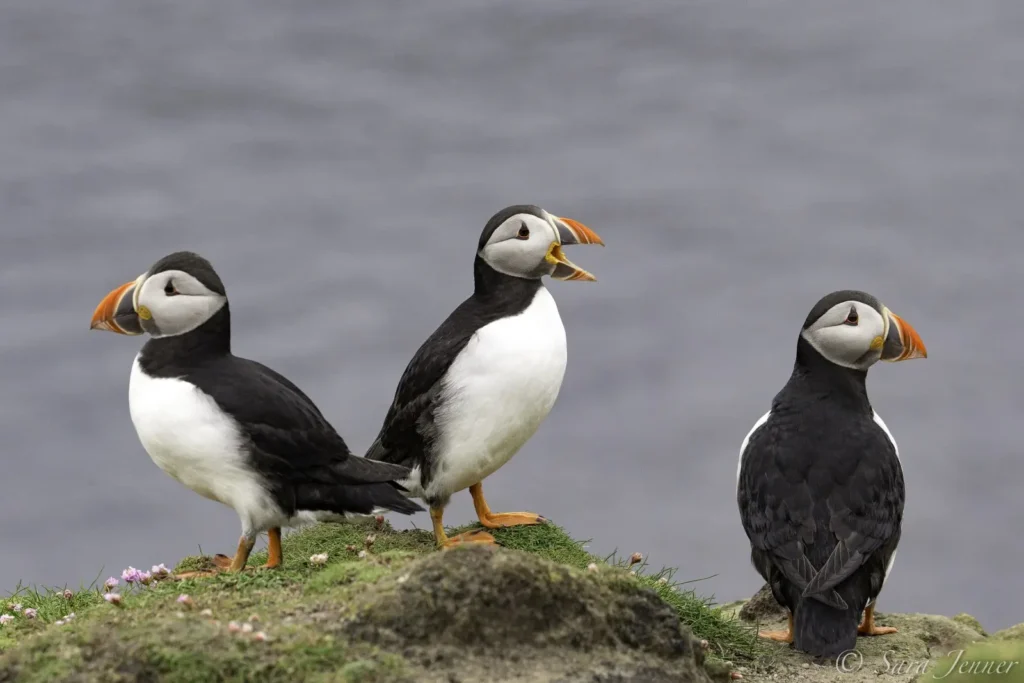
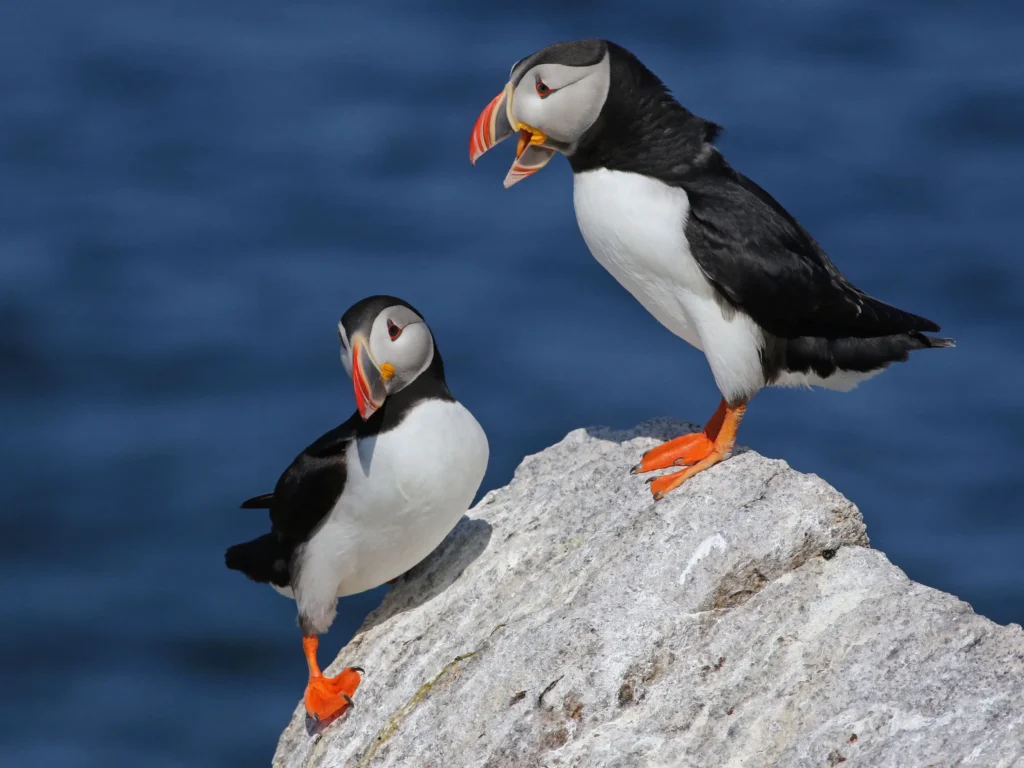
Facts about Atlantic Puffin
In this article, we will embark on a journey into the world of the Atlantic Puffin, exploring its unique characteristics, habitat, feeding habits, breeding behavior, and the conservation efforts dedicated to ensuring its survival in the wild.
The Atlantic Puffin is a medium-sized seabird that belongs to the auk family. It can be found in the North Atlantic Ocean, primarily in the coastal regions of the northern United States, Canada, Iceland, Greenland, and various European countries. These charismatic birds spend the majority of their lives at sea, only returning to land during the breeding season.
One of the most distinctive features of the Atlantic Puffin is its colorful beak. During the breeding season, the beak transforms into a vibrant combination of bright orange, yellow, and blue hues. This striking beak serves multiple purposes, including attracting potential mates, identifying individuals within the colony, and carrying multiple fish in one trip. Outside of the breeding season, the beak loses its vibrant colors, and the puffins adopt a more subdued appearance.
Atlantic Puffins are excellent divers and swimmers, using their wings to “fly” underwater in pursuit of their preferred diet of small fish, such as herring and sand eels. They are capable of diving to considerable depths and can remain submerged for up to a minute. Their specialized beaks are designed to grasp and hold onto fish, allowing them to catch multiple fish in one dive. Once they have secured their catch, they return to the surface to consume their meal.
Breeding colonies, known as puffineries or colonies, are a spectacle to behold. Puffins gather in large numbers on steep cliffs or rocky islands, where they dig burrows into the soil or use natural crevices as nesting sites. Both male and female puffins take turns incubating a single egg, with each parent fulfilling specific shifts. After a period of about six weeks, the fluffy chick hatches and is cared for by both parents. Once the chick is old enough and fully fledged, it leaves the nest and ventures out to sea, beginning its independent life.
Despite their seemingly comical appearance, Atlantic Puffins face various threats in the wild. Overfishing, pollution, and habitat degradation are some of the primary challenges that impact their populations. Conservation organizations and government agencies are working tirelessly to protect and restore the habitats of these charming birds, implement sustainable fishing practices, and raise awareness about the importance of preserving their fragile coastal ecosystems.
In conclusion, the Atlantic Puffin is a remarkable seabird that captures our imagination with its vibrant appearance, endearing behaviors, and vital role in the marine ecosystem. By appreciating and safeguarding these charismatic creatures, we contribute to the preservation of our natural world and ensure that future generations can continue to enjoy the enchanting presence of the Atlantic Puffin in the wild.







